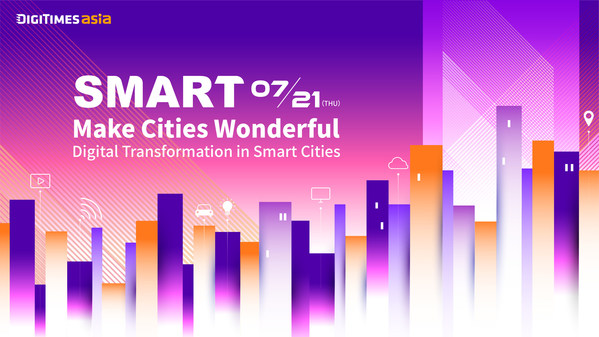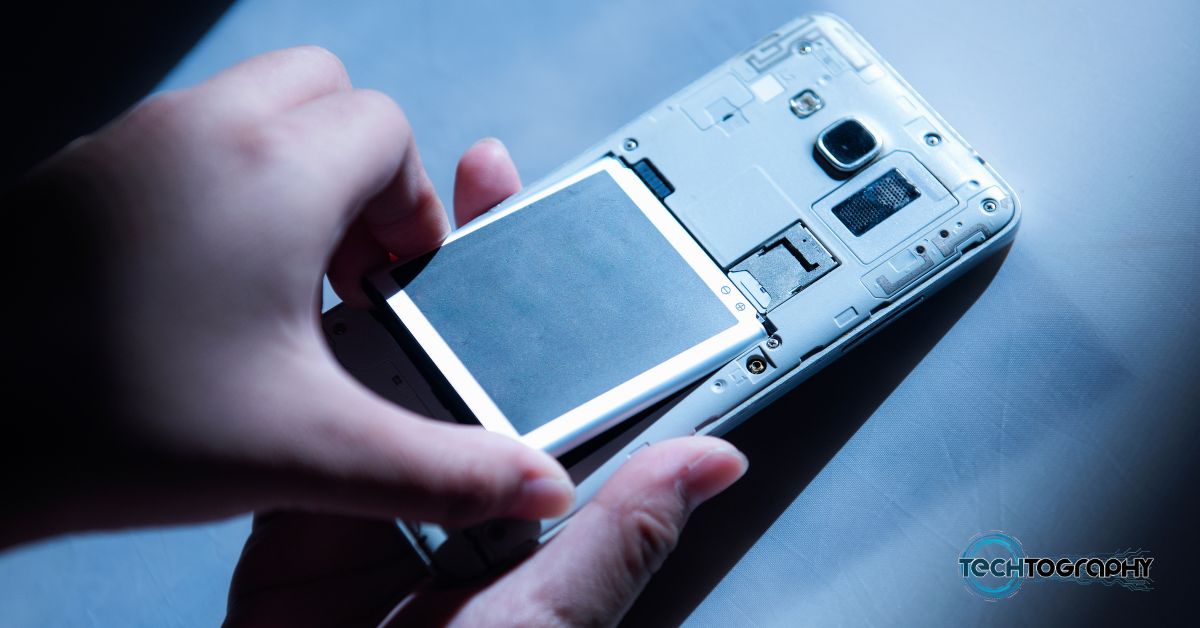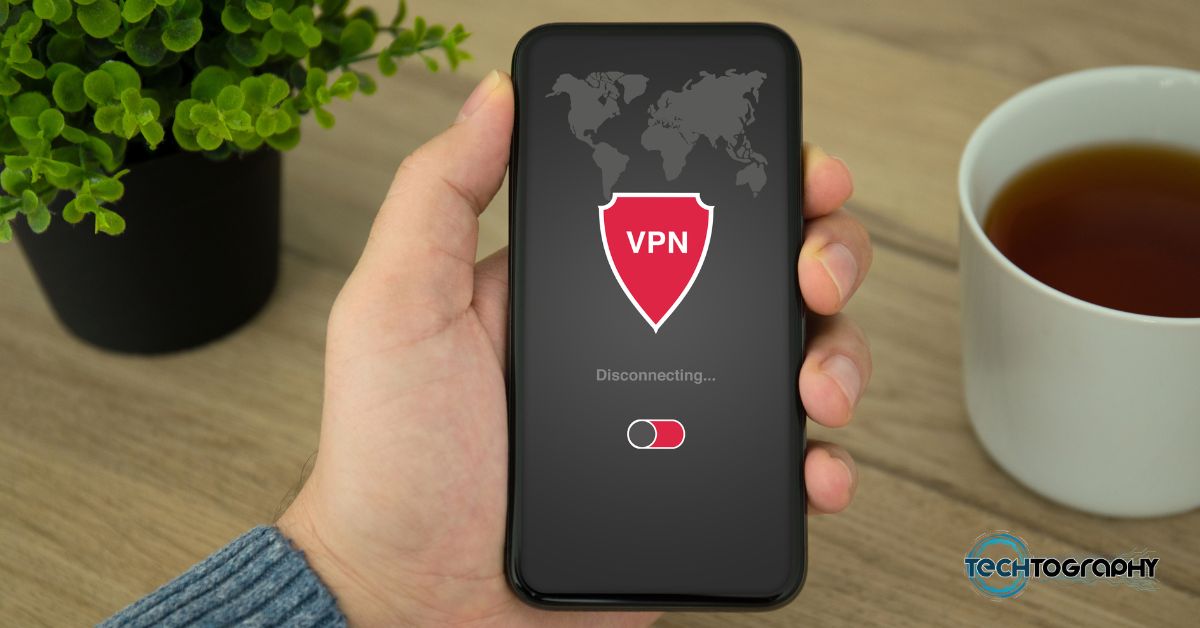TAIPEI, July 6, 2022 /PRNewswire/ — DIGITIMES Research report shows that Taiwan’s ICT industry development has shifted from focusing on hardware to hardware/software integration models. The industry is combining big data analysis and AI applications in public IoT to facilitate the development of smart city management. Tools such as IoT, AI, cloud computing, and communications technologies are efficiently integrated with urban infrastructure to ultimately produce economic benefits and improve quality of life.
It is estimated that the business opportunities of smart cities will reach $2.6 trillion in 2025, mainly in the Asia Pacific region. This includes sectors such as smart poles, building, parking, monitor, government, transportation, fire protection, water conservancy and WITMED. Smart cities, with a massive business potential, will become the future momentum!
DIGITIMES will have Dr. Ayesha Khanna, Co-Founder and CEO of Addo, to share her observation of new smart city applications as well as how technologies can improve people’s life and government efficiency on July 21 smart city webinar.
In the pre-event interview that asked about Taiwan’s role in the smart city market, Dr. Khanna pointed out that Taiwan’s expertise in semiconductor and hardware is important to smart cities’ development as more data is being used to improve AI systems, resulting in rising demand for stronger infrastructure and hardware with next-generation AI semiconductors.
Dr. Khanna believes that whether it is AI, robots, 3D printing, Internet of things or 5G, smart city’s development should not start purely with technologies but the idea of assisting people to solve their problems or become the aspirational goal for citizens.
When people want to have better energy and waste management in their city, designers can create an AI solution for monitoring energy usage that can turn streetlights on and off with a built-in smart lighting system. They can also build a centralized trash collection mechanism with sensors and have robots powered by AI to collect waste all around the neighborhoods to reduce traffic and road congestions.
It is also important to collect and integrate publicly available data and data from the ecosystem’s private firms to form a system. By combining data of taxi companies and traffic light operation, it reduces people’s waiting time for taxies, while traffic congestion can also be significantly lowered with the system’s assistance in rerouting or changing the traffic lights.
Nowadays, because of the pandemic, the number of hospital visits via online meeting software or telemedicine services increased dramatically as people find it more convenient and efficient. The technologies used by medical care system are also making improvements with some designers beginning to adopt biometric sensors onto the terminals for the machines to collect more patients’ data, giving doctors more information to make intelligent diagnosis, such as handheld ultrasound products that can be connected via smartphones for patients to check on themselves via AI or by medical staff nearby and then send results to their doctors.
Technologies for remote medical care are a key area that many IT companies have devoted their R&D effort to. Ambulances built with remote medical care system can connect doctors with ambulances care assistants for them to do checkups while transporting patents to the hospital. The doctors can also make an examination over patients’ injuries via a head-mounted display (HMD) to save time.
However, all these innovations still rely on 5G to form connections. The technology allows devices to communicate with each other with its fast transmission speed and has brought a revolution to the manufacturing industry and factories. In Singapore, a lot of investments are being made for deploying 5G infrastructure throughout the city. This is also the case for many countries including the US.
As smart systems are adopting more sensors to enhance their data collection ability, 5G’s commercialization has become the key to unlock the potential of IoT. With telecom carriers worldwide keenly expanding their 5G infrastructure, Dr. Khanna is optimistic about the birth of more new smart systems and the rapid development of smart cities worldwide soon.
In the end, the future of smart city will not be operated by one large central AI, but multiple small ones. Issues within smart cities’ key sectors such as healthcare, energy and education will continue to be handled by government departments or public sector companies with them using AIs to optimize and create innovations for their services, Dr. Khanna said.
Join DIGITIMES Asia smart city webinar in discovering the digital transformation of smart cities, find out how to build a smart city, and what are the applications and connected solutions that drive city extensive improvements, creating better quality of life for residents and business opportunities for enterprises.
For more webinar information, please visit https://reurl.cc/j1KRgZ




